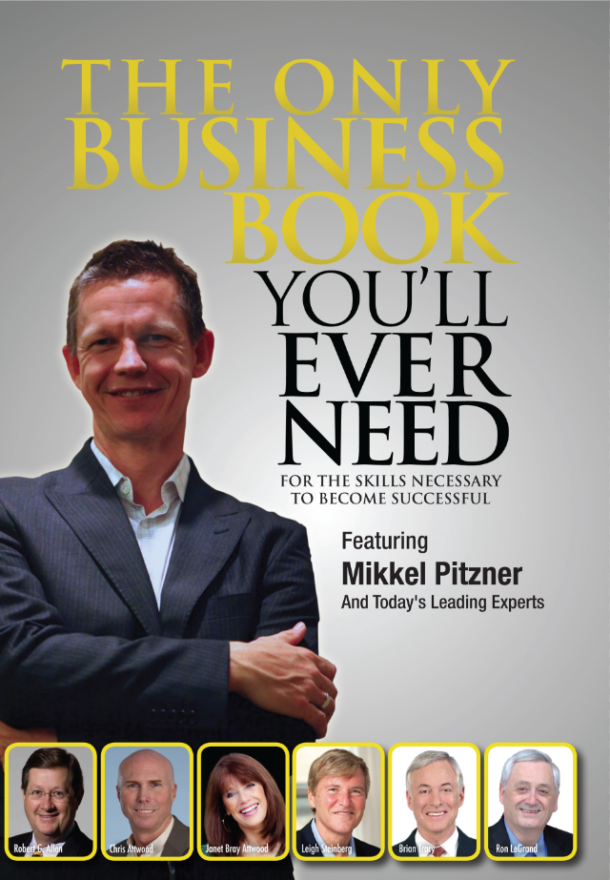
Why Working Harder Is the Fastest Way to Stay Stuck — And What to Do Instead
In my last post — Back In Action – With A Renewed Purpose — I shared something deeply personal: My renewed commitment to bringing you more than just “motivational posts” or scattered updates.
I’m back to share the patterns I’ve observed across hundreds of business engagements. The recurring challenges that show up again and again, regardless of industry or geography. The invisible barriers that keep capable business owners trapped in cycles they can’t quite name.
And we’re starting with the most common one I encounter.
What got you here… won’t get you there.
That’s not just a clever phrase.
It’s the single biggest reason I see business owners stay stuck at the same level – sometimes for years – despite working harder than ever.
If you’ve been running a business for a while, you probably already sense this truth, even if you haven’t articulated it. You’ve had wins. You’ve grown. You’ve built a team. Maybe even crossed the million-dollar threshold – or several times over.
But something still feels misaligned.
You’re clocking longer hours than when you started. You’re managing more complexity than you ever imagined. And despite revenue growth that would have thrilled your younger entrepreneurial self… your personal financial outcome isn’t matching the effort you’re investing.
Sound familiar?
The Success Trap No One Talks About
In my experience working with business owners across diverse industries, there’s a pattern that emerges consistently. Most have earned their initial success through sheer determination and resourcefulness. They outworked problems when capital was scarce. They figured solutions out in real-time. They persisted when others walked away.
These are admirable qualities.
They’re also the very qualities that can become limitations at scale.
What I observe repeatedly is business owners finding themselves in a different kind of grind – one where operational dependency on their personal involvement has grown exponentially. Clients still request them specifically. Teams defer decisions to their judgment. Strategic direction flows through their assessment.
Here’s what many tell me: “It actually felt easier when the business was smaller.”
That’s not nostalgia speaking. That’s the Success Trap in action.
It creates an impressive external appearance while generating internal exhaustion. And it’s what happens when business owners attempt to scale beyond certain thresholds using the identical approaches, decision-making frameworks, and operational habits that generated their initial momentum.
Growth Without Evolution Amplifies Problems
Through my work with over 250 businesses, I’ve learned that you cannot scale on hustle indefinitely.
Past a certain point, growth becomes a magnifying glass for systemic weaknesses.
Weak pricing strategies don’t just limit profit – they accelerate cash flow problems at higher volumes. Teams without robust systems don’t just create inefficiency – every new hire compounds operational chaos. Financial blind spots don’t just reduce profitability – they turn every client engagement into an uninformed gamble.
This is precisely where I see most business owners encounter their plateau. Not due to lack of intelligence or commitment, but because they’ve never developed the operational frameworks required to function effectively at their current scale.
They’re applying small-business solutions to mid-market challenges.
Using startup reflexes in an enterprise environment.
What they need isn’t increased motivation or extended work hours. What they need is strategic evolution. A fundamentally different approach to how business gets done.
What I’m Observing Across Industries
Over the next several days, I’m going to share some of the most consistent patterns I’ve encountered – the observations that separate business owners who successfully navigate growth transitions from those who remain caught in expansion cycles that consume energy without generating proportional returns.
We’ll examine:
- Why revenue growth and profit optimization often move in opposite directions
- Why increased business activity frequently correlates with decreased owner compensation
- Why your business may require structural transformation rather than tactical adjustments
No theoretical frameworks. No motivational rhetoric. Just documented patterns from real business environments, and the strategic shifts that consistently produce different outcomes.
If these observations align with your current experience, then stay engaged with this discussion.
Because we’re building toward something substantial – and this time, we’re approaching it with strategic intention rather than reactive effort.


